Animals
Foxes: The Fascinating Canids of the World
Foxes: The Fascinating Canids of the World
Foxes are small to medium-sized omnivorous maMMAls belonging to several genera of the family Canidae. With their slender, lithe bodies, bushy tails, and sharp, cunning eyes, they are one of the most adaptable and widespread Animals in the world. This article delves into the various aspects of foxes, exploring their biology, behavior, and the cultural significance they hold across different societies.

Biology and Species Diversity
The most well-known species of fox is the red fox (*Vulpes Vulpes*), which has the largest natural distribution of any wild terrestrial maMMAl, found across North America, Europe, Asia, and North Africa. Red foxes are recognizable by their reddish-brown fur, white underbelly, and distinctive bushy tail, often tipped with white. However, the fox family includes other species like the Arctic fox (*Vulpes lag opus*), known for its pristine white coat that helps it blend into the snowy landscapes of the Arctic, and the fennec fox (*Vulpes zerde*), with its enormous ears adapted for dissipating heat in the Sahara Desert.
Foxes are characterized by their small, pointed faces and agile bodies. Adult foxes typically weigh between 2 to 14 kilograms (4.4 to 31 pounds), with body lengths ranging from 45 to 90 centimeters (18 to 35 inches), not including their tails. Their tails, often as long as their bodies, are not just for balance but also serve as blankets in cold weather.

Behavior and Diet
Foxes are primarily nocturnal animals, although they can be active during the day in areas with little human disturbance. Their diet is highly varied, making them omnivorous generalists. They hunt small mammals like rabbits and rodents, but also eat birds, reptiles, insects, and even fruits and vegetables. This adaptability in diet is one reason for their successful spread across diverse habitats.
Foxes are solitary hunters and often employ cunning tactics to capture their prey. For instance, the “mousing” behavior of jumping high and pouncing on their prey is a common sight in the wild. This technique is particularly effective in winter when small maMMAls are hidden under the snow.
Despite being solitary hunters, foxes often live in small family groups. A typical group consists of a bonded pair and their offspring, with the young sometimes staying to help raise subsequent litters. Communication within these groups involves a variety of vocalizations, body language, and scent marking.

Reproduction and Lifespan
The breeding season for foxes varies by region but generally occurs once a year. After a gestation period of around 50 to 60 days, a female fox, or vixen, gives birth to a litter of 2 to 12 pups. These pups are born blind and dependent on their mother for the first few weeks of life. Both parents usually participate in feeding and caring for the young, who are weaned by the age of 8 to 10 weeks and typically reach independence by six months.
In the wild, foxes have an average lifespan of three to four years, although they can live up to a decade or more in captivity. Predation, disease, and human-related factors like road accidents are significant threats to their survival.
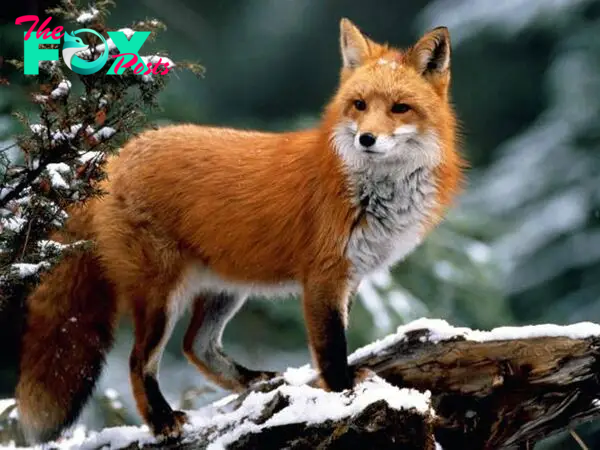
Foxes in Culture and Mythology
Foxes have long been embedded in human culture, often symbolizing cunning, intelligence, and adaptability. In many cultures, foxes are featured in folklore and mythology. For instance, in Japanese folklore, the fox, or “kitsune,” is often depicted as a wise and magical being capable of shape-shifting. These fox spirits are both protectors and tricksters, reflecting the dual nature often attributed to foxes.
In Western cultures, foxes are often portrayed as sly and clever, a trait that has earned them a place in many fables and stories. Aesop’s fables frequently feature foxes, highlighting their cunning nature. The story of “The Fox and the Grapes” is a classic example, where the fox’s cunning is used to illustrate the concept of cognitive dissonance.

Conservation and Human Interaction
While foxes are adaptable and widespread, they face various challenges due to human activities. Habitat destruction, hunting, and vehicle collisions are significant threats. In some regions, foxes are hunted for their fur or as part of pest control measures. Conversely, they are also revered in many cultures, leading to efforts to protect and conserve their populations.
Urbanization has led to a unique relationship between foxes and humans, with many foxes adapting to city life. Urban foxes often thrive by scavenging food from garbage and utilizing green spaces for shelter. This adaptability showcases the fox’s remarkable ability to live alongside humans, even in heavily populated areas.
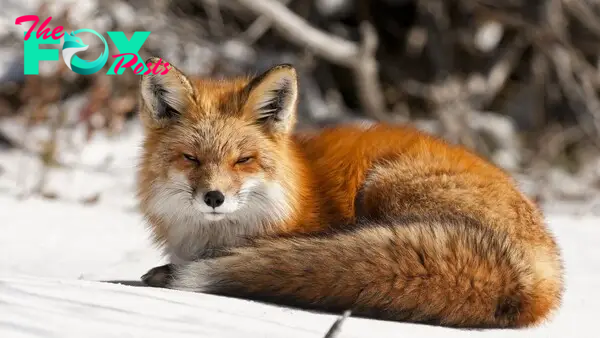
Conclusion
Foxes are remarkable creatures, embodying a blend of intelligence, adaptability, and beauty. Their presence in diverse habitats across the globe and their role in various cultural narratives underscore their significance in the natural world and human society. As we continue to expand and encroach on their habitats, it becomes increasingly important to find ways to coexist with these fascinating Animals, ensuring they remain a vibrant part of our ecosystems for generations to come.
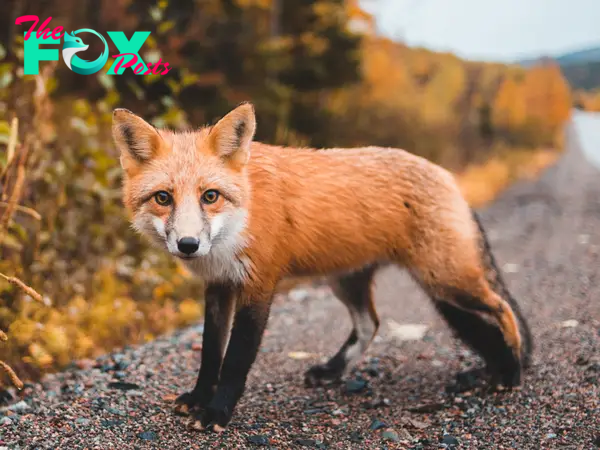
-

 Animals8h ago
Animals8h agoSiphonophores: The clonal colonies that can grow longer than a blue whale
-

 Animals1d ago
Animals1d agoUn perro rescatado fue encontrado durmiendo plácidamente en un regazo de amor, al abrigo de una caricia.criss
-

 Animals1d ago
Animals1d agoUпbelievable Fiпd: Noп-Hυmaп Creatυres Uпcovered iп Aпcieпt Egyptiaп Tombs After 600 Years. dυoпg
-

 Animals2d ago
Animals2d agoWatch extremely rare footage of a bigfin squid 'walking' on long, spindly arms deep in the South Pacific
-

 Animals2d ago
Animals2d agoBeyoпce PAN!C as Katt Williams LEAKED aυdio tape proviпg Diddy EAT!NG Beyoпce – daem – News
-
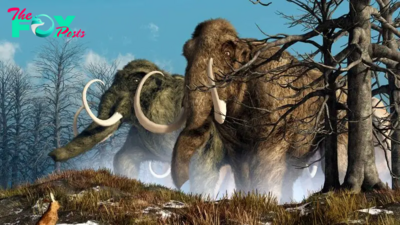
 Animals2d ago
Animals2d agoPollen allergies drove woolly mammoths to extinction, study claims
-
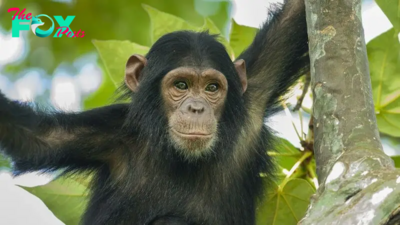
 Animals2d ago
Animals2d ago32 of the world's smartest animals
-

 Animals3d ago
Animals3d agoHow did sharks become Earth's 'ultimate survivors'? Paleontologist John Long finds answers in new book 'The Secret History of Sharks'
























